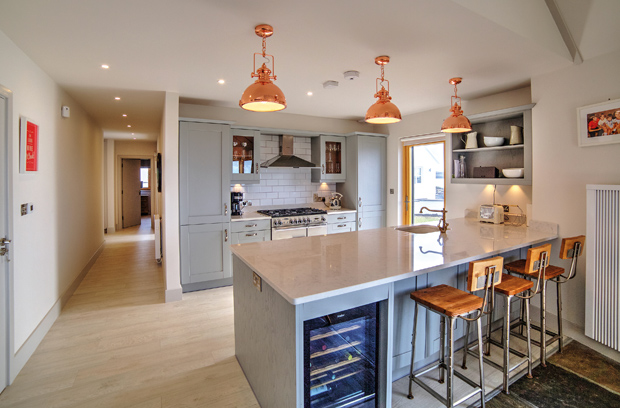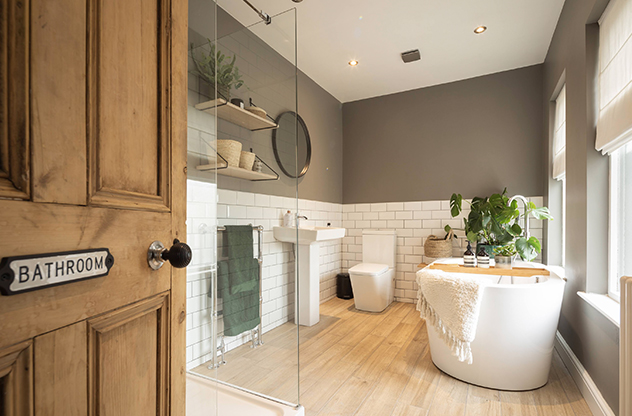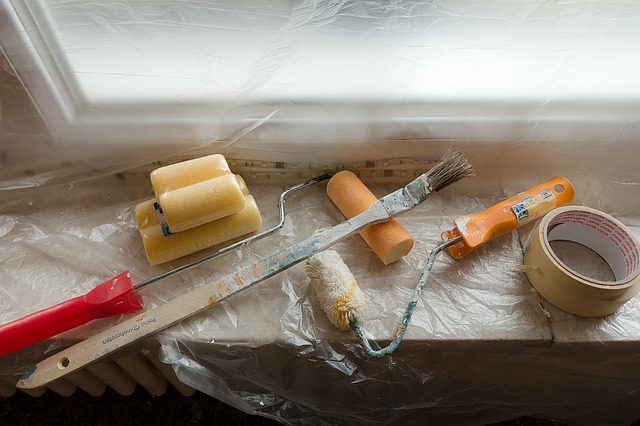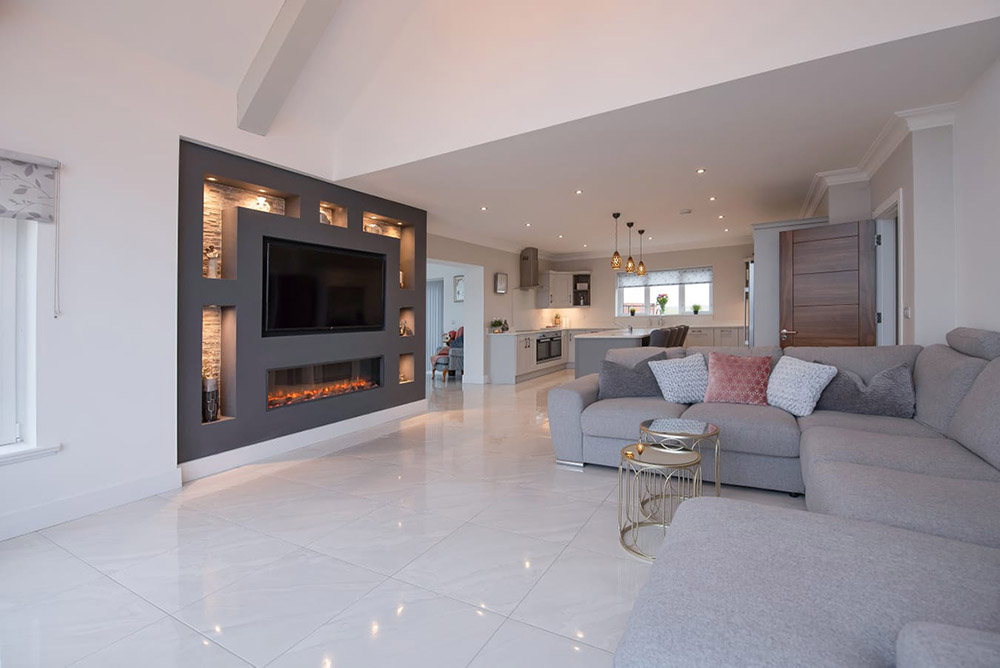A quick guide to renovating your home, including the top 3 things to consider and ways to save.
- The three key areas to focus on when planning home improvements or extensions
- What can derail your plans
- Money-saving tips for your renovation project
Thinking of renovating your home but don’t know where to start? Here are the top three things to consider.

Kitchens
If you’re opening up space or reworking an outdated layout, revisit your kitchen design early. Good circulation, appliance placement and lighting can all be influenced by your extension plans. An interior designer or kitchen specialist can help you visualise options and avoid layout clashes.
Most people work with kitchen showrooms to map out their requirements – some charge for this service, refundable upon purchase. It’s worth visiting at least three showrooms to explore different styles and ideas. For budget-conscious renovations, a local joiner may offer better value, especially if you source the units yourself from specialist suppliers.
Think carefully about whether you want an island. If you want to add a hob or sink to it, you’ll need to plan services like plumbing or extractor ducting in advance. In existing homes, overhead extractor fans are more feasible than ducting through the floor, but they can dominate visually if not well integrated.
Other key decisions include whether to use overhead cabinets, adding a pantry, and storage solutions like deep drawers or concealed sockets. When positioning your fridge, avoid putting it near heat sources or over underfloor heating pipes, make sure there’s good ventilation behind it.
Worktops and finishes are where personal taste comes in. Concealed appliances, integrated charging ports and clutter-free worktops are very on trend — offering both style and practicality.
Bathrooms
Bathroom renovations are usually limited by the position of existing waste pipes, so aim to keep the layout broadly the same if possible. Rerouting pipes can add significant time and cost.
As with kitchens, visit several bathroom showrooms for quotes and inspiration. Design advice can vary, and stock availability might influence your choices — especially if you’re after something bespoke. Look out for package deals or end-of-line products to stretch your budget further.

Wall-hung toilets and basins, while slightly more complex to install, make cleaning easier and offer a more streamlined look. These need early coordination for brackets and waste placement. Likewise, your choice of tiles will affect both the look and the cost. Large-format tiles often demand a more level surface and a more experienced tiler.
Talk to your tiler before buying tiles to confirm material needs and preferred sizes. Less cutting means less waste, which is both tidier and cheaper.
Don’t overlook the prep work. Establish who’s handling demolition, disposal of old fittings and prepping the space before installation starts.
Walls and floor finishes
Interior finishes are the final layer that bring your renovated space to life, but they can also cause budget surprises if not carefully managed.
Floor finishes like engineered wood, tile, LVT, concrete or carpet all vary widely in cost. Engineered timber is a popular and versatile option, while polished concrete gives a sleek, modern edge — but requires good prep work and planning.
When it comes to walls, paint remains the go-to for simplicity and flexibility, especially for DIYers. But there are many other options to explore — like feature wallpapers, timber panelling, tiles or even stone cladding. If you’re doing it yourself, start by seeking supplier advice and ensure you have the right tools (or access to someone who does).
Always factor in both the cost of materials and the cost of labour (if hiring help). And remember that tradespeople often have tips or supplier contacts that can save you money — or prevent expensive mistakes.











